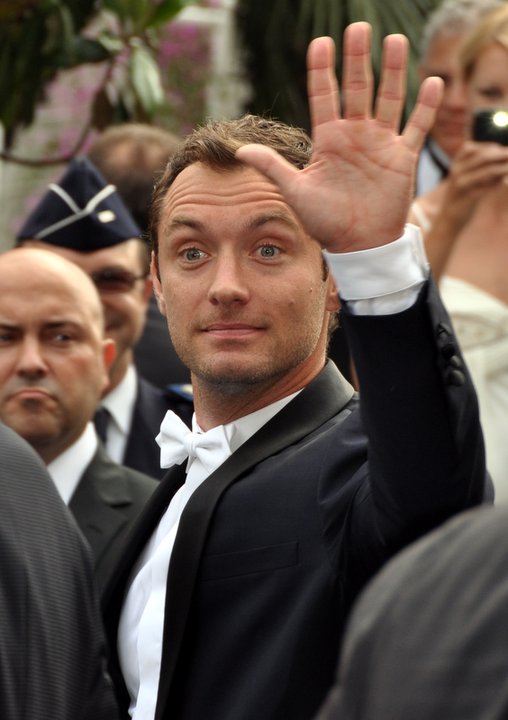Eyebrow Flash on:
[Wikipedia]
[Google]
[Amazon]
 The eyebrow flash is an unconscious
The eyebrow flash is an unconscious
 The eyebrow flash is an unconscious
The eyebrow flash is an unconscious social signal
Within evolutionary biology, signalling theory is a body of theoretical work examining communication between individuals, both within species and across species. The central question is when organisms with conflicting interests, such as in sex ...
, a raising of the eyebrow
An eyebrow is an area of short hairs above each Human eye, eye that follows the shape of the lower margin of the Supraorbital ridge, brow ridges of some mammals. In humans, eyebrows serve two main functions: first, human communication, communica ...
s for about a fifth of a second that communicates a wish to approach another whom the sender recognizes and is preparing for social contact (such as a greeting). People generally return an eyebrow flash, unless they do not recognize the sender, or the sender looks away immediately after. The message must be interpreted in context. Psychologist
A psychologist is a professional who practices psychology and studies mental states, perceptual, cognitive, emotional, and social processes and behavior. Their work often involves the experimentation, observation, and interpretation of how ...
s and sociologists say that eyebrow raising can be a reaction to fear or surprise.
Measurement
Grammer et al. define an eyebrow flash as a contraction of the inner brow raiser muscle (M. Frontalis, pars medialis) and the outer brow raiser muscle (M. frontalis, pars lateralis) as defined by theFacial Action Coding System
The Facial Action Coding System (FACS) is a system to taxonomize human facial movements by their appearance on the face, based on a system originally developed by a Swedish anatomist named Carl-Herman Hjortsjö. It was later adopted by Paul Ek ...
. An eyebrow flash is subdivided into three time intervals: the ''onset'' (the time during which the eyebrows raise to their maximal position), the ''apex'' (the time during which the eyebrows are in their maximal position), and the ''offset'' (the time during which the eyebrows lower to their original state).
Cross-cultural studies
A study conducted in 1987 recorded approximately 67 hours of unstaged social interactions conducted by 255 individuals from three locations:Western New Guinea
Western New Guinea, also known as Papua, Indonesian New Guinea, or Indonesian Papua, is the western half of the Melanesian island of New Guinea which is administered by Indonesia. Since the island is alternatively named as Papua, the region ...
, Papua New Guinea
Papua New Guinea (abbreviated PNG; , ; tpi, Papua Niugini; ho, Papua Niu Gini), officially the Independent State of Papua New Guinea ( tpi, Independen Stet bilong Papua Niugini; ho, Independen Stet bilong Papua Niu Gini), is a country i ...
, and Upper Orinoco
The Orinoco () is one of the longest rivers in South America at . Its drainage basin, sometimes known as the Orinoquia, covers , with 76.3 percent of it in Venezuela and the remainder in Colombia. It is the fourth largest river in the wo ...
. The study found significant differences in the age and sex of senders and receivers among the populations studied; for instance, Eipo men from Western New Guinea were more likely to be senders, while Trobriand men from Papua New Guinea were more likely to be receivers. Across all three cultures, a lowering of the eyelids or a head movement often coincided with the beginning of an eyebrow flash. Additionally, people from all three cultures exhibited longer-duration eyebrow flashes at the openings of conversations than during conversations.
Notes
Eyebrow Facial expressions {{popular-culture-stub